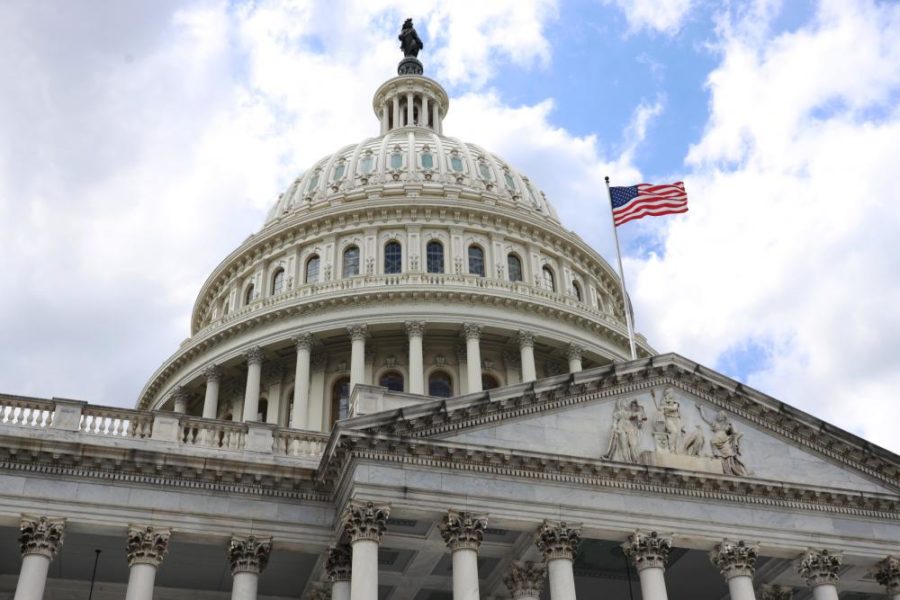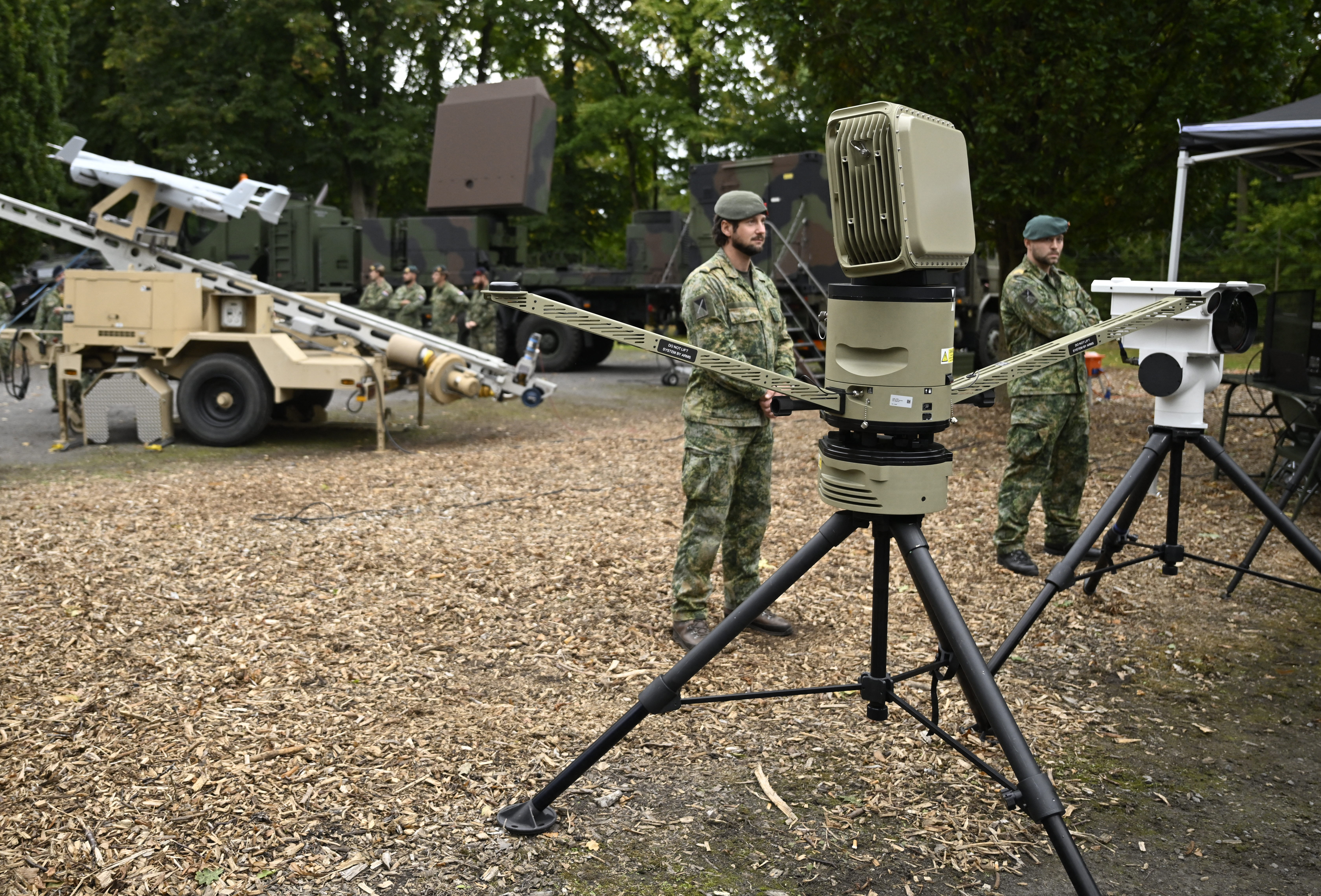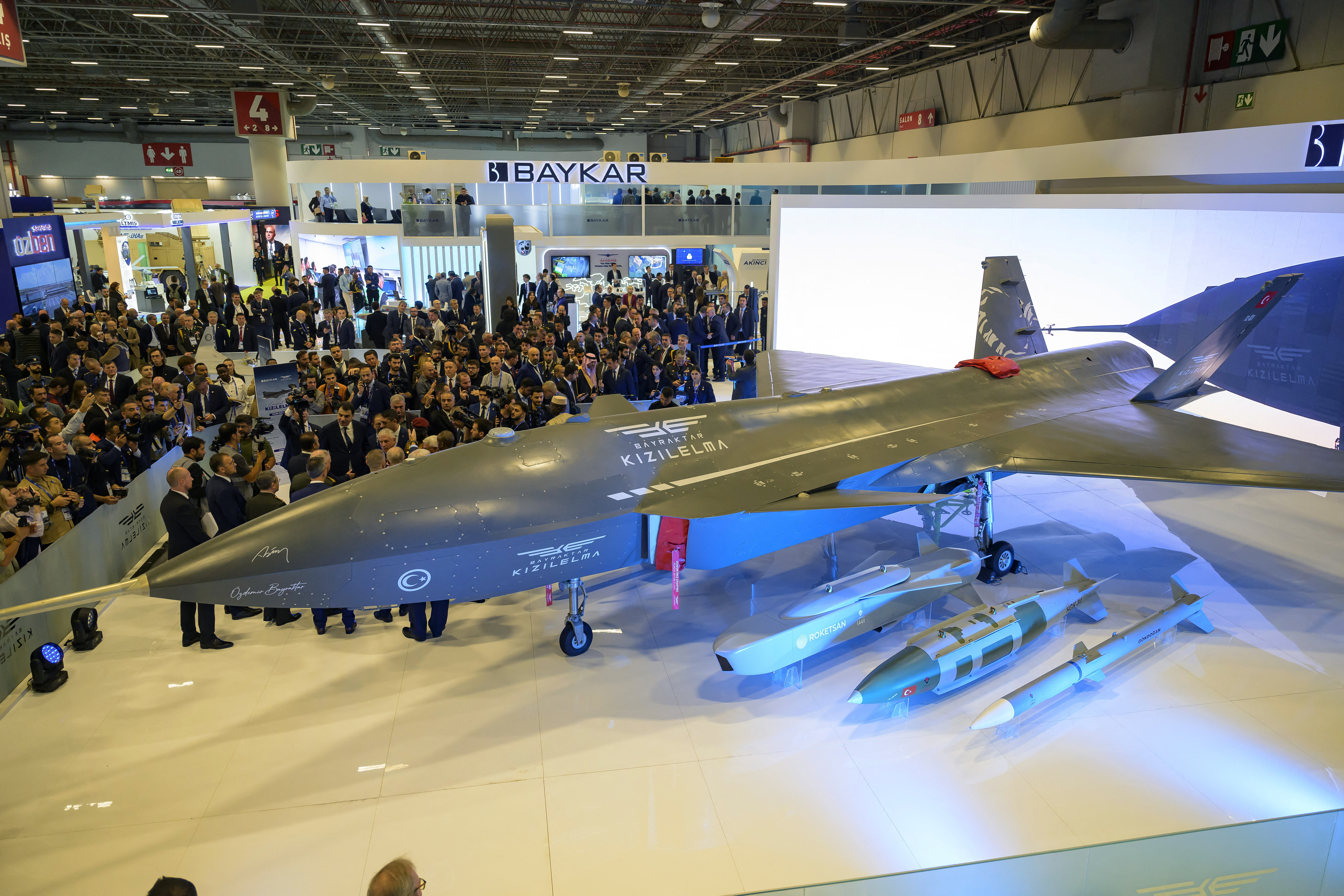
The House Armed Services Committee on July 15 passed its draft of the 2026 defense policy bill, 55-2, in a late-night vote following nearly 14 hours of debate over hot-button issues ranging from President Donald Trump’s desire to use a Qatari jet as Air Force One to cutting military aid to Ukraine.
The marathon meeting offered committee members a chance to order the military services to provide fresh details on their top priorities—and, in some cases, to override the Pentagon’s plans.
“For decades, American deterrence has protected our homeland and been a powerful force for peace,” committee chair Rep. Mike Rogers (R-Ala.) said in a statement following the bill’s passage shortly before midnight. “At a time when global threats are rapidly evolving and becoming more complex, it’s never been more important to have a ready, lethal, and capable fighting force.”
The legislation authorizes $848.2 billion for the military, including at least $211.3 billion for the Air Force and Space Force. It looks to save the Air Force’s plan to buy two E-7 Wedgetail airborne target-tracking jet prototypes from cancellation, block retirement of the A-10 Thunderbolt II attack planes, and boost funding for the new Sentinel ground-based nuclear missiles to over $3 billion, among myriad other spending tweaks and oversight provisions.
While it appears that the House is poised to grant the Department of the Air Force’s $211 billion base budget request, it’s unclear exactly how much the draft National Defense Authorization Act would offer the Air Force and Space Force in total. The bill doesn’t specify how much the two services would receive from the nearly $194 billion pot of money the committee offered for military personnel.
Lawmakers sought more insight into the Air Force’s sweeping modernization goals and issued a flurry of amendments to grow the Space Force’s responsibilities, but stopped short of exerting as much control over aircraft inventory changes as in recent years.
One amendment, offered by Rep. Don Bacon (R-Neb.), presses the Air Force for a report on the next-generation F-47 program. The jet is envisioned as the U.S. military’s most advanced fighter and a centerpiece of the future aviation fleet.
But few details about the program, now in development, have been made public. Lawmakers would require the Air Force to describe the jet’s requirements, how it would be used in combat, and its projected cost between fiscal 2028 and 2034, among other schedule and price specifics.
Another provision would stop the Air Force from continuing to retire the A-10 “Warthogs” or shrink the total inventory below 162 planes until Oct. 1, 2027. The service’s budget documents show it would divest of the entire A-10 fleet next year as it argues the Warthog would be too vulnerable against advanced air defenses in future wars.
The amendment was introduced by Rep. Austin Scott (R-Ga.), who represents the A-10’s longtime home of Moody Air Force Base.
Lawmakers backed multiple provisions meant to bolster the mobility and aerial refueling fleets, as well as language stopping the Pentagon from bringing on more than 183 KC-46 Pegasus tankers until the defense secretary confirms to Congress that a corrective action plan is in place for all of the plane’s major design issues. That essentially bars the Air Force from growing its Pegasus fleet past the 180 or so jets it initially planned to purchase.
“We are raising the air refueling aircraft floor to 504 aircraft by 2027 to reflect demands for aerial refueling, and maintaining the inventory requirement of 271 C-130 aircraft needed for intra-theater airlift,” Rep. Trent Kelly (R-Miss.), chair of the subcommittee overseeing mobility and bomber forces, added in prepared remarks. “Together with the B-21 and C-130J aircraft in reconciliation, the committee is sending a signal of strong support for airborne force projection.”
Other language focuses on personnel issues, such as how the Air Force might plan to maximize the number of new pilots it trains each year and mold mitigation in military housing. Some touch on recent events: one amendment directs the Pentagon to submit a report detailing the costs of Operation Midnight Hammer, the U.S. bombing of Iranian nuclear facilities last month; another requires a briefing on force protection measures at the U.S.-run Al Udeid Air Base in Qatar, which was targeted by Iranian missiles last month following the American airstrikes.
Notably absent from the bill are significant investments in new aircraft production. Lawmakers opted earlier this month to approve aircraft procurement increases through the massive tax-and-spending package known as the “One Big, Beautiful Bill,” rather than taking the typical route of adding more planes into the base budget.
“The decision to fund critical modernization programs via reconciliation rather than the standard appropriations process is interesting,” said Carlton Haelig, a budget analyst at the Center for a New American Security. “For instance, the entirety of the Air Force’s F-15EX procurement for FY26 is authorized by the reconciliation bill, zeroing out F-15 procurement through the standard appropriations process.”
Lawmakers used most of the markup session to debate contentious issues that have dominated President Donald Trump’s second term so far, from defense officials’ use of the unclassified messaging app Signal to discuss airstrike plans to efforts to defund diversity programs and continued construction of a wall along the U.S.-Mexico border.
An amendment raised by Rep. Joe Courtney (D-Conn.) that sought to bar the Trump administration from using federal dollars to retrofit the Qatari Boeing 747 as an interim Air Force One failed in a party-line vote. Another offered by Rep. John Garamendi (D-Calif.), which would have withheld money from the Sentinel intercontinental ballistic missile program until Congress received written confirmation that the program has entered advanced development, was shot down 15-42.
Eleven standalone amendments made it through the markup for consideration by the full House, including measures barring funds from being used to ignore the recommendations of the panel that suggested new names for military installations commemorating Confederate heroes; creating a supplemental insurance plan to help service members cover the cost of cancer treatment; adding $100 million for military aid to Ukraine; and prohibiting the Defense Department from taking a person’s race, ethnicity or nationality into consideration for hiring or assignment decisions, among others.
The authorization bill allows the military to spend money provided by congressional appropriators when the next fiscal year begins Oct. 1. Now that the Senate and House Armed Services Committees have both finalized their respective versions of the annual defense policy bill, the legislation will head to a vote by the full chambers before a group of lawmakers try to cobble the two bills into a final draft that both the House and Senate can agree upon.
A compromise bill typically heads to the president’s desk at the end of the calendar year.
The post House Panel Advances Draft 2026 NDAA Without Major Aircraft Adds appeared first on Air & Space Forces Magazine.

Air, Budget, Congress, Space, 2026 budget, 2026 NDAA, House Armed Services Committee, National Defense Authorization Act, Rep. Mike Rogers
Air & Space Forces Magazine
[crypto-donation-box type=”tabular” show-coin=”all”]






